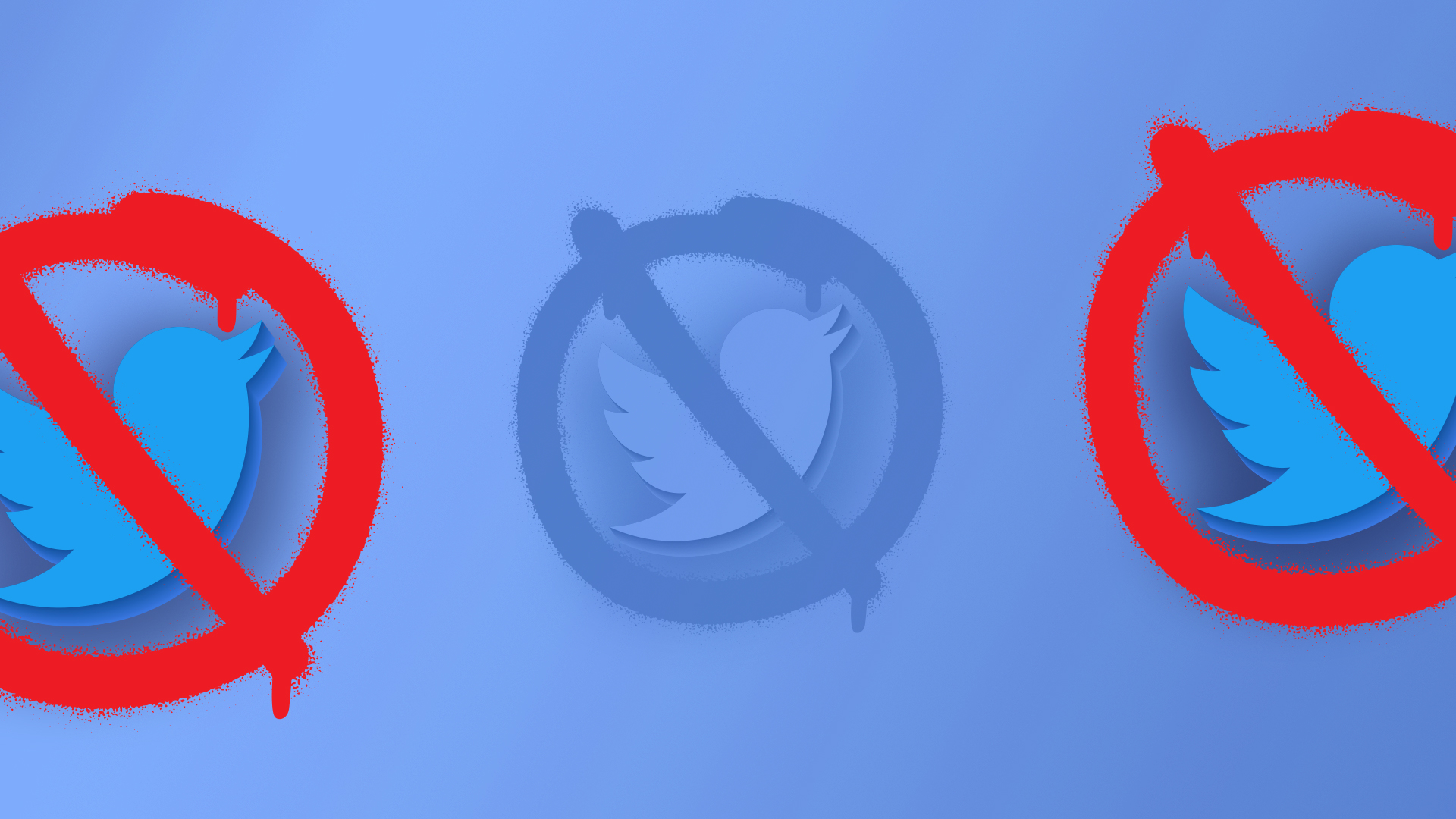HOW WILL TWITTER’S BAN ON POLITICAL ADS AFFECT ME?
By: Michael Harinstein, Chief Marketing Officer
On a platform known for brevity, Twitter CEO Jack Dorsey used more than 2,700 characters to announce that the company will roll out a policy banning political ads starting on November 22, 2019.
Ever since Dorsey’s announcement, campaign consultants, public affairs professionals, and digital strategists have debated how Twitter’s political ad ban will affect their social media plans. I’ve heard plenty of questions over the past few weeks, but no matter where you stand on the ban, the new policy is happening whether the industry is ready or not. Here are some thoughts on a few of the water cooler questions:
Can I still use Twitter for political discourse and issue advocacy?
Yes.
If Twitter has played an important role in your organization’s strategic communications in the past, you should still use it. Twitter continues to be a destination for viral stories and it is where many political influencers get their news. The platform has 126 million active users and it can propel a story into national prominence in minutes — just ask Jeff Adams.
Those who are willing to think outside of the box will now have an opening to take the lead on the platform. Influencer marketers can look at this as an opportunity to rethink how they prove and measure their value on a platform that has very few options for paid political promotion.
However, if you are hoping to use Twitter for your paid political ad strategy, that is no longer possible. Even running “cause ads” under Twitter’s ambiguous classifications will be a difficult thing to do and limits your targeting.
How can I reach my audience without Twitter?
They are still out there.
The average American spends 2.5 hours a day on social media. No matter how you classify your campaign, at the end of the day, you are trying to communicate with people. These people live their lives in digital spaces other than Twitter. It would be unfair to assume that the same 126 active million people who use Twitter aren’t also part of Facebook’s 2.41 billion users, Instagram’s 100 million active users, Snapchat’s 210 million users, LinkedIn’s 660 million users, or TikTok’s 1 billion users.
There are growing markets like OTT, or streaming content, which represents the next frontier in political advertising. Hulu has about 3.8 million subscribers in the U.S., YouTube TV has about 1.4 million subscribers, and newly launched Disney+ experienced so much traffic that the platform crashed.
How do I prepare for the next political ad ban?
Get diversified.
Digital marketing should be run the same way a great investment portfolio is run: it should be diversified enough so that in the event one of your investments goes belly-up, the other investments aren’t disturbed, and you have enough to keep your portfolio afloat.
There are many ways to reach your audience on platforms other than Twitter. More importantly, there are several neighborhoods in digital real estate that aren’t social. Google, YouTube, programmatic display, and digital audio are a few examples.
A successful digital strategy should be multi-channel. And if you lose one of your platforms, you should be able to easily keep the campaign running for the same audience by reallocating your budget and strategy to the other platforms. Having a platform-agnostic strategy is essential to survival these days.
How do I reach Twitter with questions about the political ad ban?
Relationships Matter.
When it comes to digital platforms, relationships matter. As demand for social media increases, digital platforms’ ability to provide customer service decreases. You can always start with support@twitter.com, but having a relationship with an account manager or working with an agency like Marathon Strategies, is more important than ever.
If you don’t have someone to reach out to when you are navigating new requirements for ads on social media, you risk sitting in review purgatory while platforms struggle to adjust to changes themselves.
Will Facebook create a political ad ban of their own?
Not likely.
Facebook is always the 800-pound gorilla in the room when talking about political advertising. What Twitter’s announcement overshadowed was a major change that Facebook rolled out for its political ad disclaimer requirements on November 7, 2019. Facebook has invested a lot in infrastructure and staff to help police political ads since the Cambridge Analytica scandal thrusted their policies into the spotlight. And if they didn’t back down then, they’re not backing down now.
Political digital advertising is not going away—it’s actually growing. It’s predicted that digital spending will reach up to $2.8 billion in the 2020 election, which is up almost 50% from 2018.
There are plenty of ways an organization can address Twitter’s political ad ban. And while Dorsey’s 2,700-character announcement seemed shocking at first, its impact on the history of political advertising will only be a footnote totaling about 280 characters, or less.




